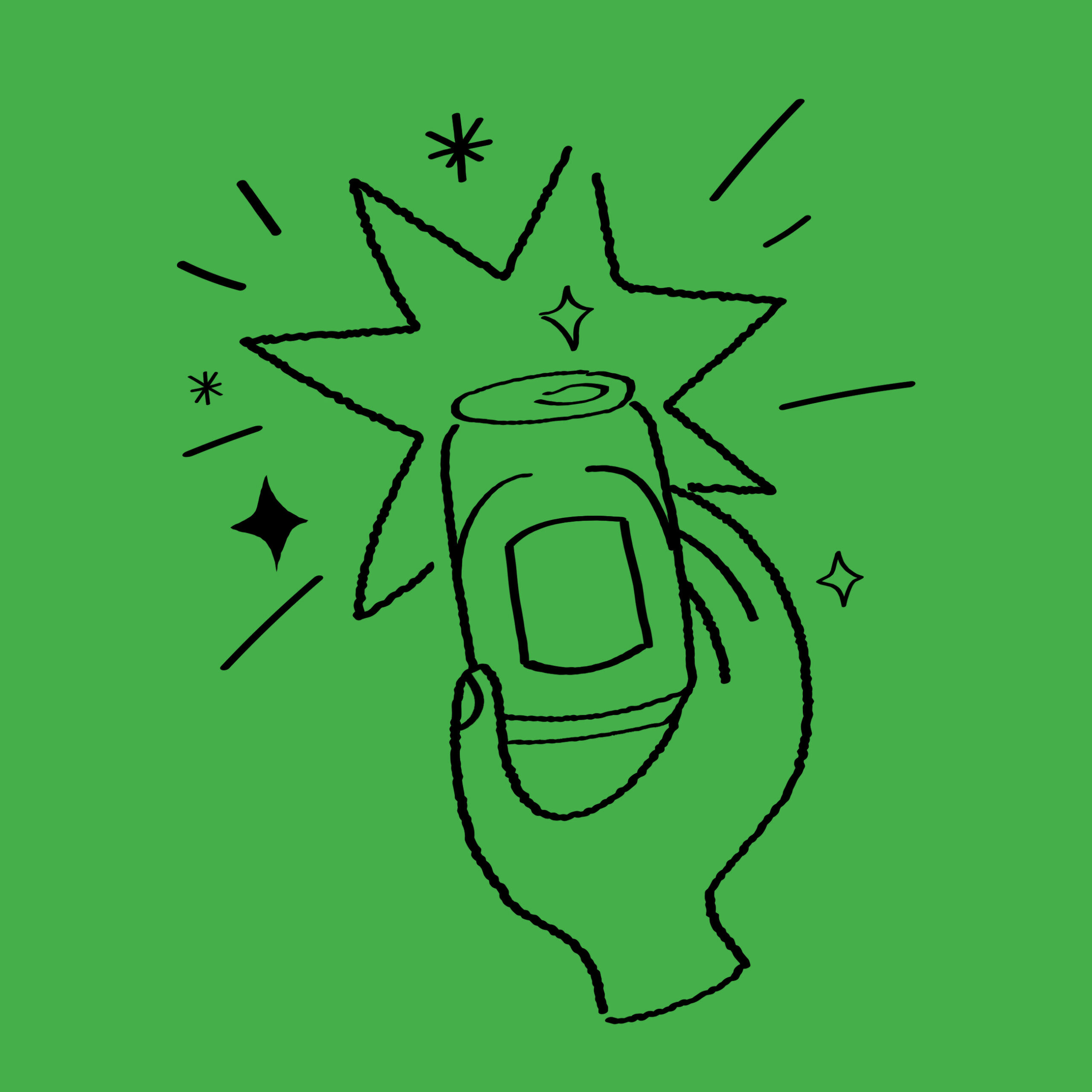
Once you understand the importance of the subconscious in influencing brand visibility and recognition, these factors become impossible to ignore. A pack that is not noticed, can’t be bought. Hence our insistence that great design is a function of Visibility and Recognition, as well as Desire.
The role of unconscious processes in shaping shopper behaviour also means you cannot hope to fully understand decision making in focus groups or interviews. More subtle methods are needed to get to grips with real behaviour and identify factors that drive it.
Since the late 1990s, we’ve been fascinated by the way shoppers shop, and the implications for research and communication.
In his seminal book, Thinking Fast and Slow, the late, great Daniel Kahneman explains how we withdraw attention from familiar situations. Few environments are more familiar than the local supermarket. Such stores are precisely where brands need to be visible, however they are also environments where individuals withdraw active attention and retreat into passive, System-1 thinking and behaviour.

However, if we start with an accurate understanding of the sort of problems we
face when seeking to define, influence and even change shopper behaviour, then creativity can be applied with maximum effect.